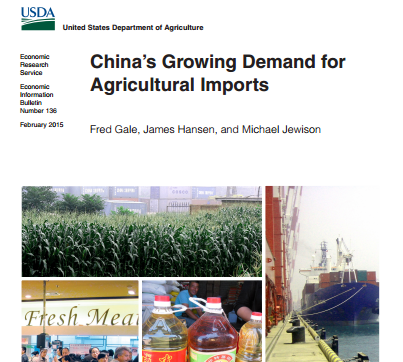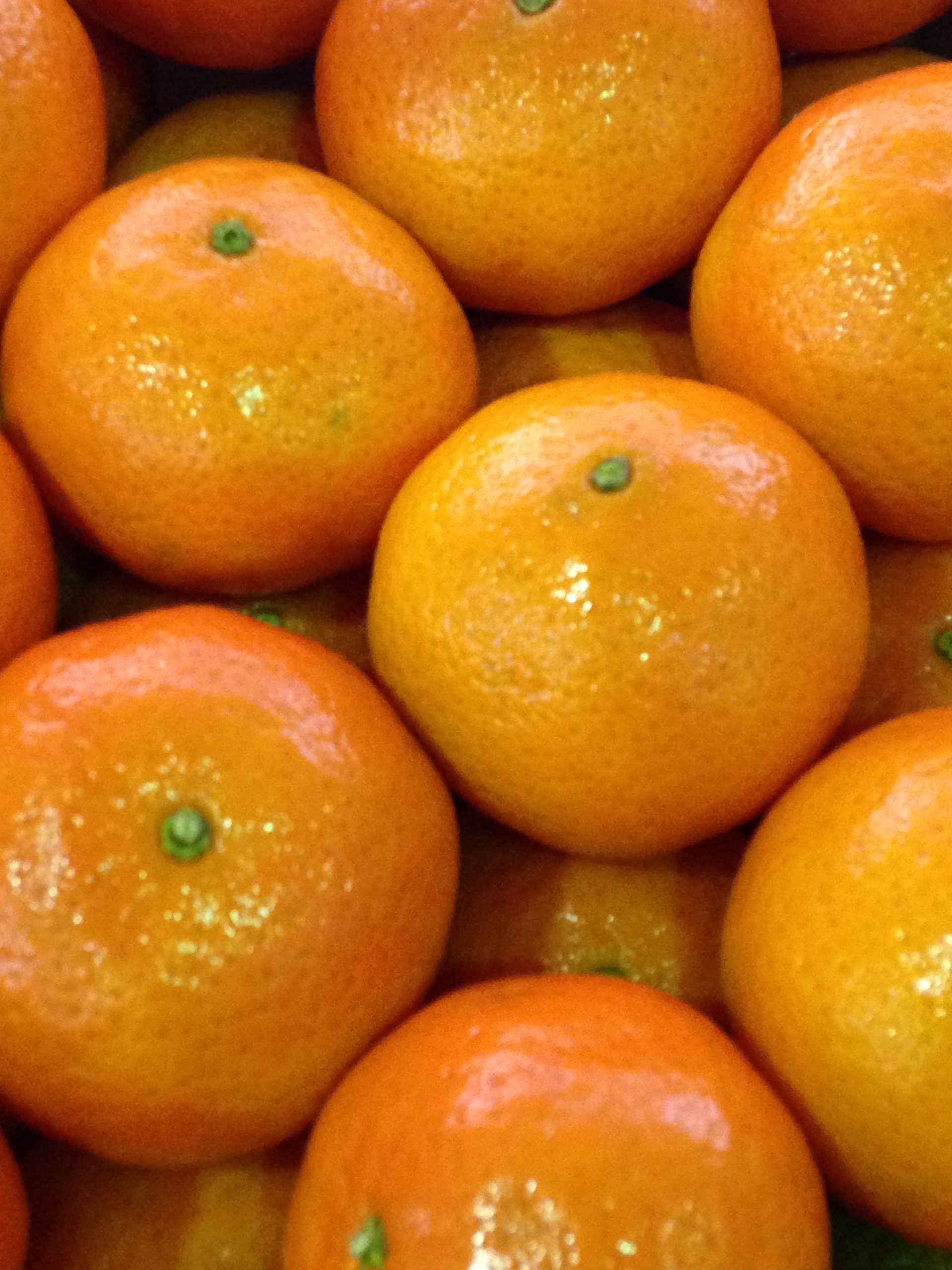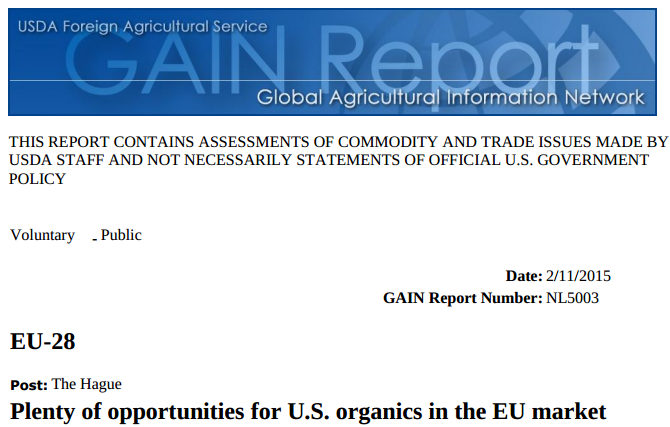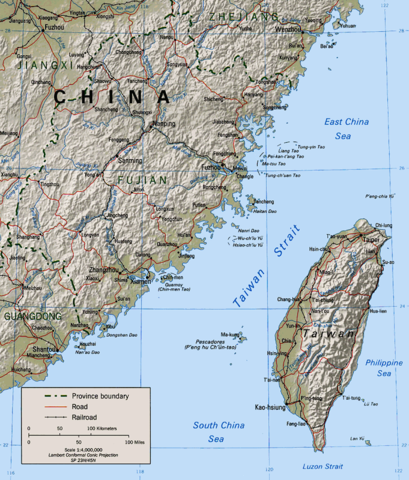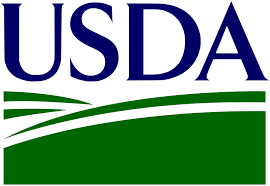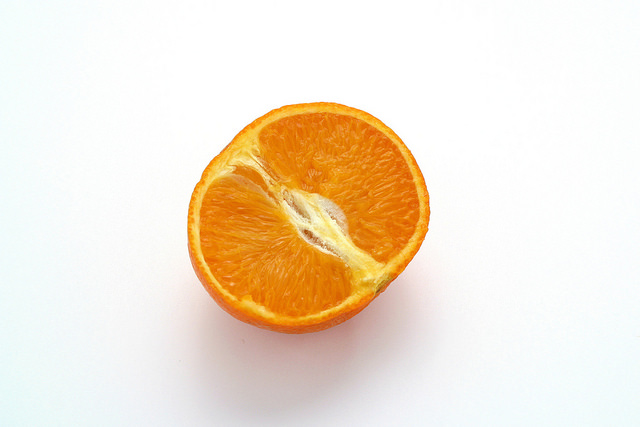
APHIS (the USDA Animal and Plant Health Inspection) has announced it s amending fruit and vegetable regulations to allow citrus fruit from any part of Peru to be imported into the continental United States, but with conditions.
A fruit fly management program must be in place, including the use of bait spray applications, registration of places of production and citrus fruit shipments must be accompanied by a phytosanitary certificate, APHIS said in a recent bulletin.
Under current regulations, the importation of citrus fruit to the US is allowed from five approved citrus-producing zones in Peru, subject to a systems approach.
“However, based on the findings of a pest list and commodity import evaluation document, we have determined that this systems approach also mitigates the plant pest risk associated with citrus fruit produced in all other areas of Peru,” APHIS said. “This action will allow the importation of citrus fruit from the entire country of Peru while continuing to provide protection against the introduction of plant pests into the continental United States.”
This final rule will be effective 30 days after publication in the Federal Register and will be available as of today (Monday, September 14) at:
http://www.regulations.gov/#!docketDetail;D=APHIS-2015-0005

